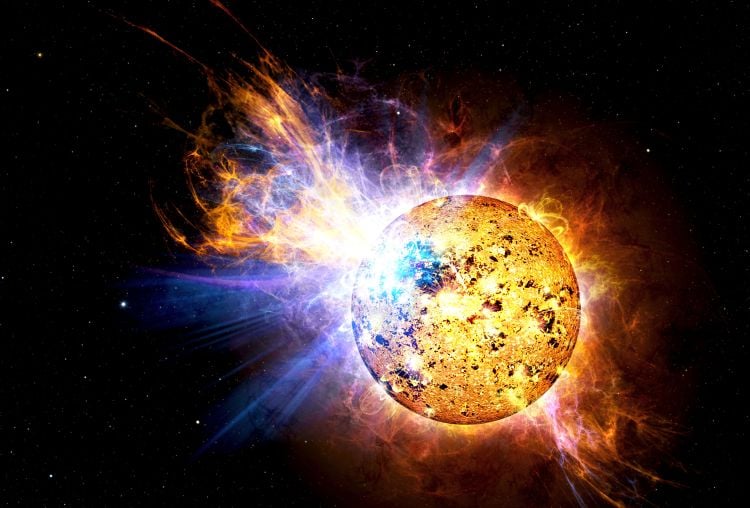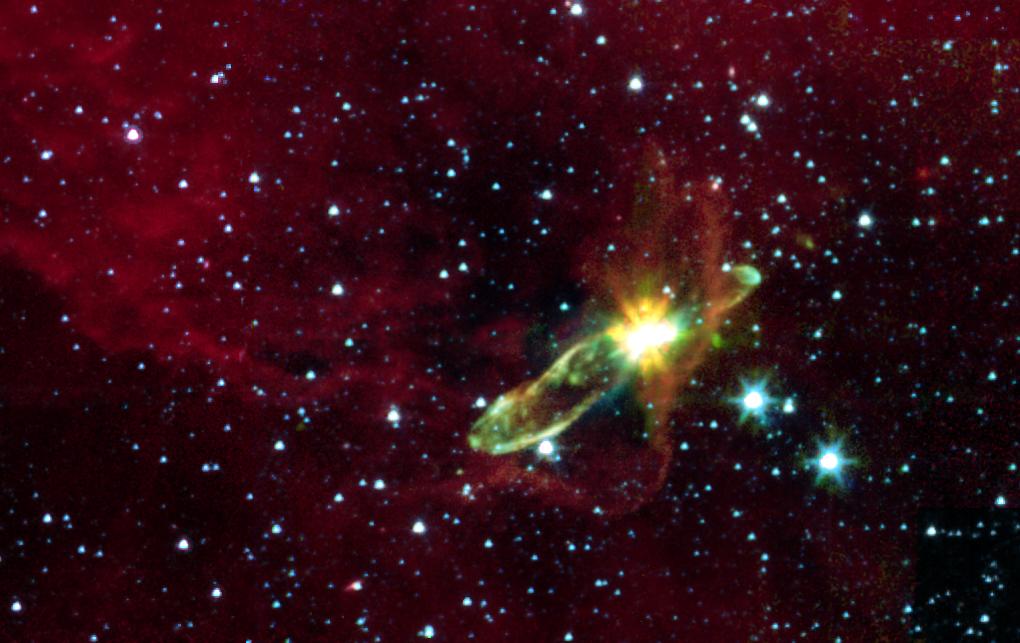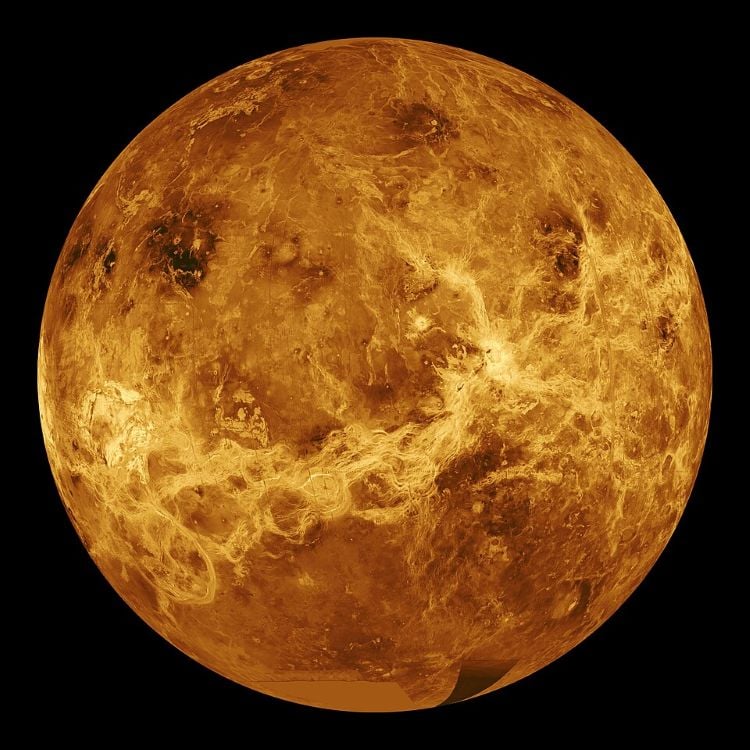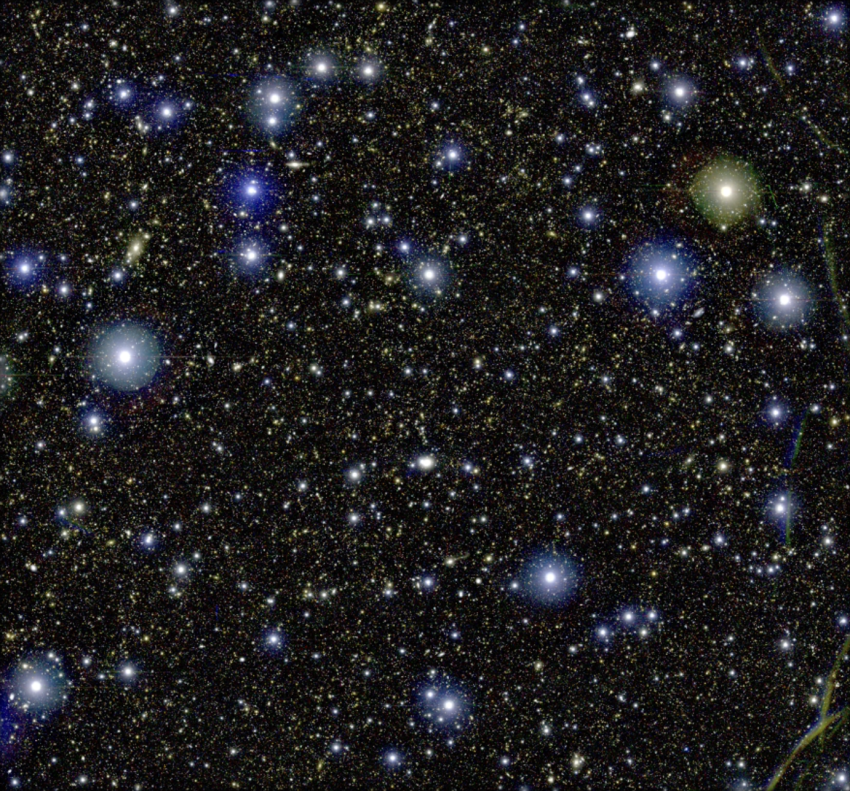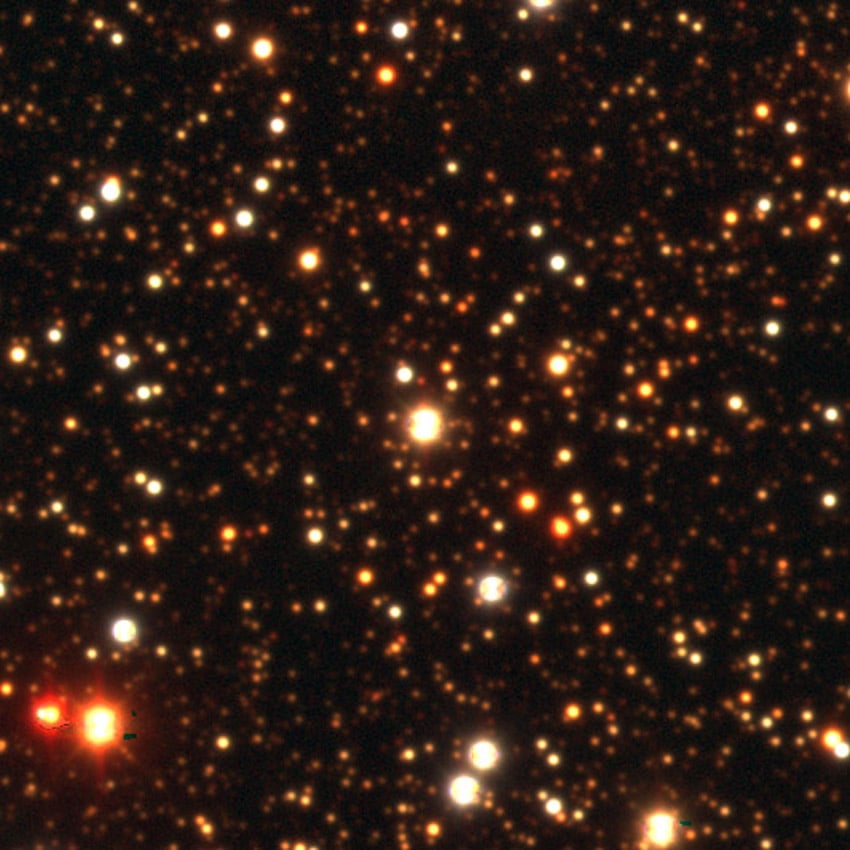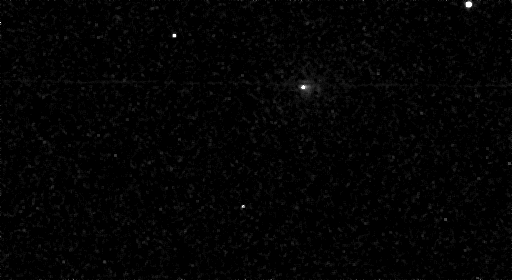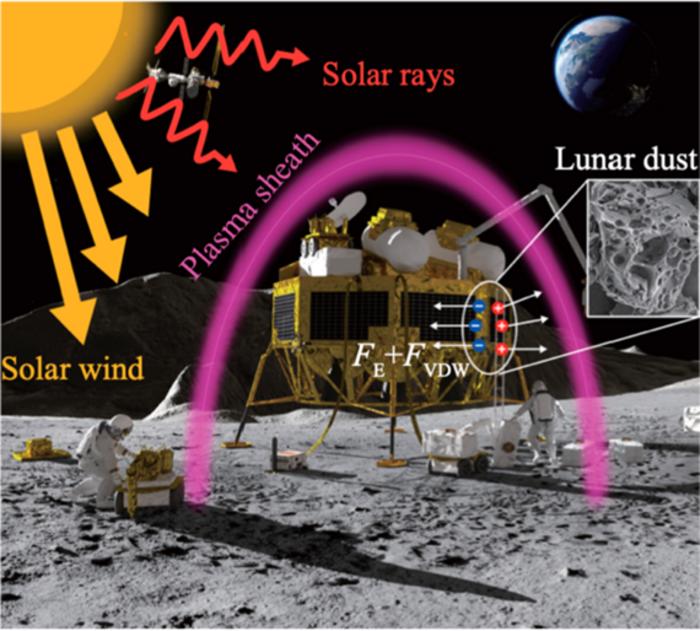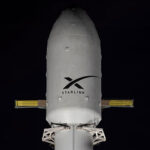What can star variability—changes in a star’s brightness over time—teach astronomers about exoplanet habitability? This is what a recent study accepted to The Astronomical Journal hopes to address as a
Universe Today4- Page
Young stars buried deep in molecular clouds are bathed in ultraviolet radiation, but they shouldn’t be. Protostars are too cold and dim to produce UV light themselves, yet James Webb
What is the importance of studying explosive volcanism on Venus? This is what a recent study published in the Journal of Geophysical Research: Planets hopes to address as a team
Research led by the RIKEN Center for Interdisciplinary Theoretical and Mathematical Sciences (iTHEMS) in Japan has successfully performed the world’s first Milky Way simulation that accurately represents more than 100
New research shows how a galaxy’s surroundings influence its development. Its size, shape, and growth rate are all affected. It’s all based on “the finer details of the cosmic landscape.”
A red giant orbiting a dormant black hole is spinning impossibly fast and contains chemistry that makes it look ancient when it’s actually relatively young. By listening to faint vibrations
Since comet 3I/ATLAS, the third known interstellar object, was discovered on 1 July 2025, astronomers worldwide have worked to predict its trajectory. ESA has now improved the comet’s predicted location
In 2028, Hong Kong will launch its first dedicated lunar orbiter not to study craters or map minerals, but to monitor something far more urgent, the constant barrage of meteoroids
Beneath the frozen shells of Saturn’s tiny moons, hidden oceans might occasionally boil, not from heat, but from dropping pressure as ice melts from below. This strange phenomenon could explain
Understanding how exactly lunar dust sticks to surfaces is going to be important once we start having a long-term sustainable presence on the Moon. Dust on the Moon is notoriously
-
 012024 in Review: Highlights from NASA in Silicon Valley
012024 in Review: Highlights from NASA in Silicon Valley -
 02Panasonic Leica Summilux DG 15mm f/1.7 ASPH review
02Panasonic Leica Summilux DG 15mm f/1.7 ASPH review -
 03How New NASA, India Earth Satellite NISAR Will See Earth
03How New NASA, India Earth Satellite NISAR Will See Earth -
 04And Thus Begins A New Year For Life On Earth
04And Thus Begins A New Year For Life On Earth -
 05From Polymerization-Enabled Folding and Assembly to Chemical Evolution: Key Processes for Emergence of Functional Polymers in the Origin of Life
05From Polymerization-Enabled Folding and Assembly to Chemical Evolution: Key Processes for Emergence of Functional Polymers in the Origin of Life -
 06Astronomy Activation Ambassadors: A New Era
06Astronomy Activation Ambassadors: A New Era -
07SpaceX launch surge helps set new global launch record in 2024


